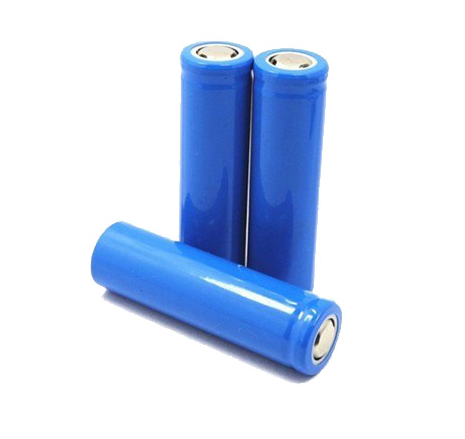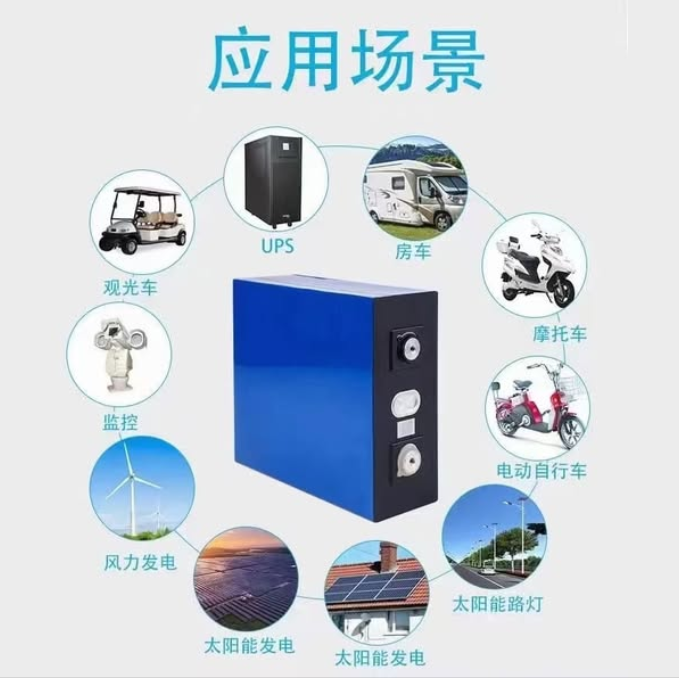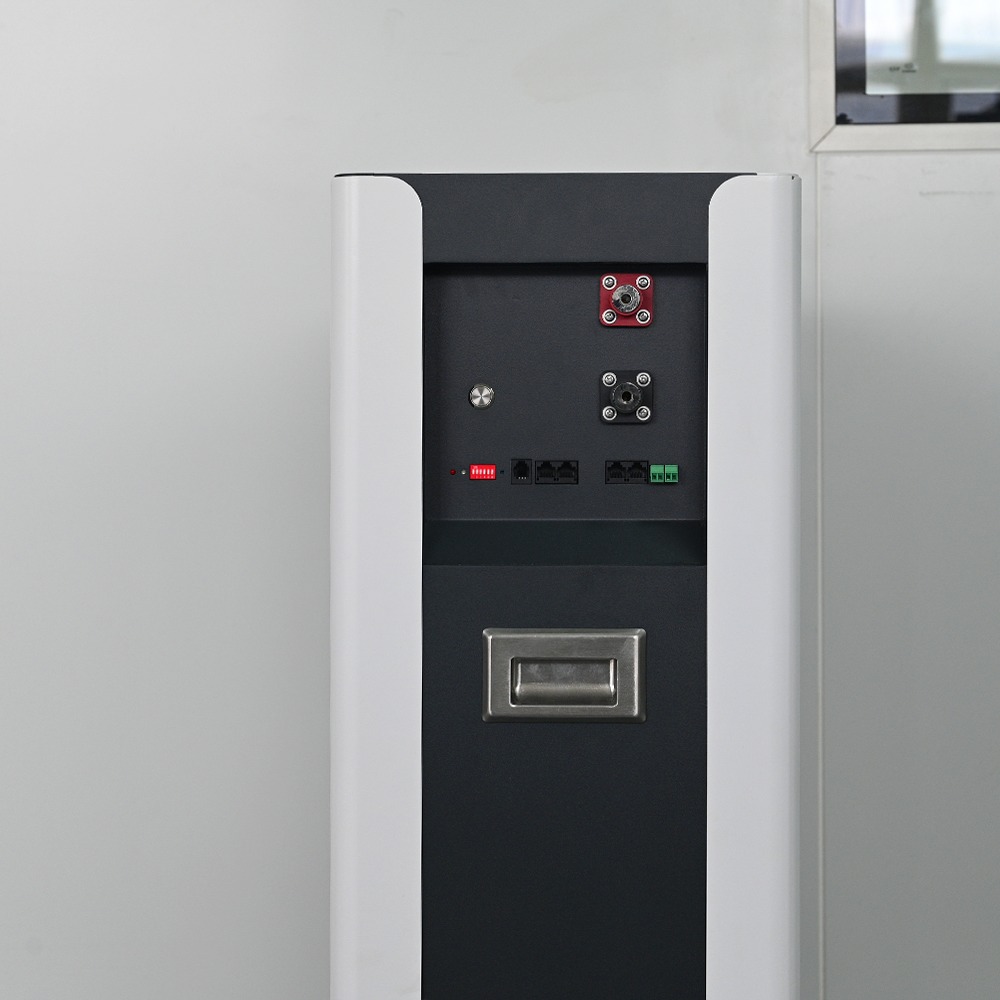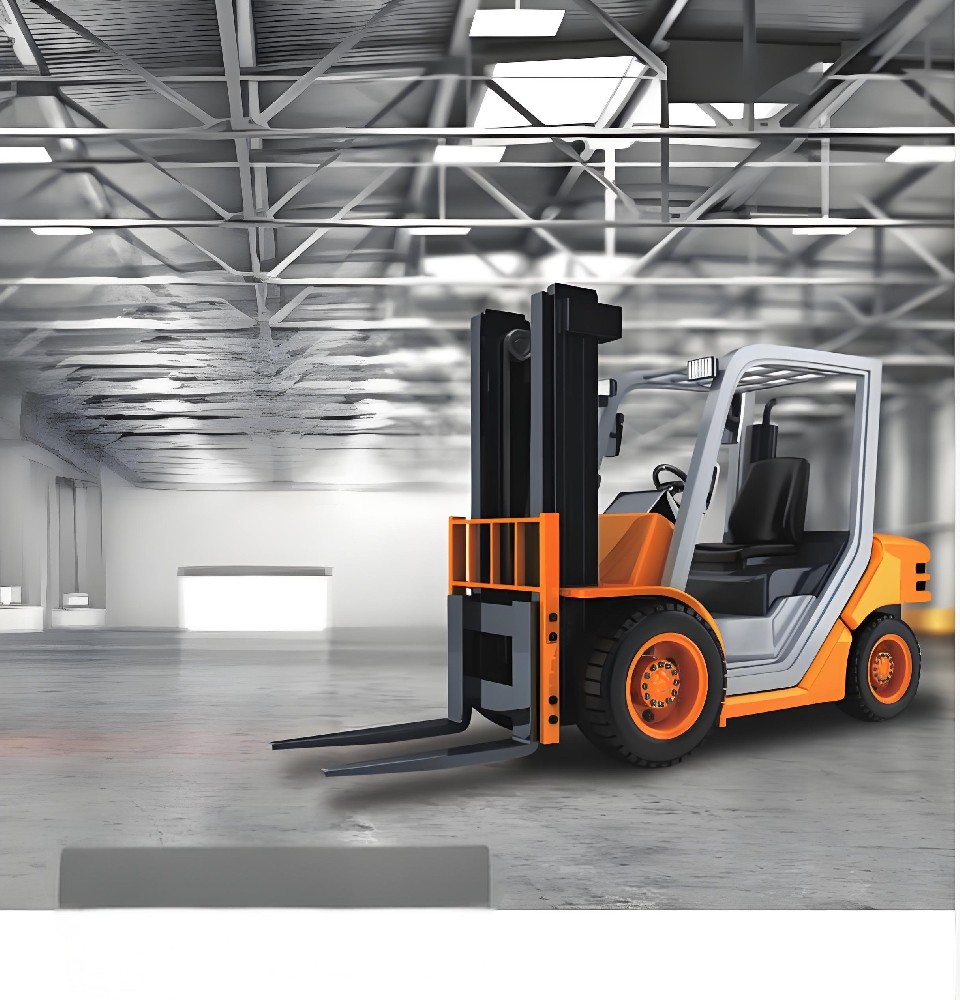China’s dominance in the lithium battery market is largely due to its comprehensive strategic planning, active government support, and vertical integration of the domestic industry chain. In contrast, while the United States is also seeking to develop its lithium battery industry, it faces multiple challenges and is unable to directly copy China’s model. The following is a detailed analysis of China’s dominance of the lithium battery market and the difficulty the United States has in copying this model:

How China Dominates the Lithium Battery Market
Comprehensive Strategic Planning:
The Chinese government has been planning the electric vehicle and lithium battery industries since the early days, and has promoted the rapid development of the electric vehicle market through a series of policies.
Chinese battery manufacturers such as BYD have actively entered the electric vehicle market by acquiring electric vehicle manufacturers and using vertically integrated domestic supply chains to reduce production costs.
Active Government Support:
The Chinese government has provided a large number of subsidies to expand the domestic market for lithium batteries, promote the production of electric vehicles and the construction of lithium mining and refining infrastructure.
Policies encourage consumers to buy electric vehicles and provide subsidies to domestic battery manufacturers such as CATL to give them a cost advantage in global competition.
Vertical Integration of the Domestic Industry Chain:
China has a high market share in all links of the lithium battery supply chain, including raw material mining, refining, battery manufacturing, and component production.
This vertical integration model enables China to more effectively control costs and quality, improving overall competitiveness.
Why the United States cannot copy the Chinese model
High mining costs and environmental issues:
Although the United States has sufficient lithium reserves, mining is costly, time-consuming and difficult.
Lithium mining and refining may involve environmental damage and the use of toxic chemicals, leading to resistance from American consumers and regulators to such activities.
Supply chain construction takes time:
From mining mines to building refining facilities, to training workers and building super factories, the entire process takes years.
During this period, China has dominated the market, and it is difficult for the United States to catch up in a short period of time.
Insufficient investment:
Although the United States has recognized the importance of the lithium battery supply chain, the current level of investment is far from enough.
To achieve sufficient domestic production capacity, tens of billions of dollars of investment are required, which exceeds the current level of investment.
Dependence on the global supply chain:
Currently, most unrefined lithium is shipped to China for refining and processing, and it is difficult for the United States to establish its own supply chain in the short term.
This makes it challenging for American battery manufacturers to obtain raw materials, increasing production costs and uncertainty.
US response strategy
Despite the many challenges, the United States can still participate in the competition of the global lithium battery market in other ways:
Build more super factories in the United States:
By building more battery super factories in the country, increasing battery assembly capacity and reducing dependence on external supply chains.
Increasing investment in battery R&D:
The United States is a world leader in battery R&D and can further increase investment to promote technological innovation and reduce costs.

Develop cutting-edge manufacturing capabilities for specific components:
Develop its own cutting-edge manufacturing capabilities around specific components such as anodes to improve the competitiveness of the overall supply chain.
In summary, China has successfully occupied a dominant position in the lithium battery market through comprehensive strategic planning, active government support and vertical integration of the domestic industrial chain. The United States is difficult to directly copy China's model due to many challenges such as high mining costs, environmental issues, supply chain construction time and insufficient investment. However, the United States can still participate in the competition of the global lithium battery market in other ways and become a major player in the global lithium-ion battery supply chain.




